ENDOVASCULAR TREATMENT OF PERIPHERAL ANEURYSMS
Patient Education Material
An aneurysm is a localized bulge in an artery caused by weakening, which may be a result of atherosclerosis or an infection or injury of the arterial wall. A peripheral aneurysm is an aneurysm that is not located in the aorta. They usually occur in the popliteal artery in your leg, though may also occur in other areas.
The interventional radiologist will access the affected area by inserting the devices for the procedure into an artery in your groin and will use image guidance to move the devices to the aneurysm. However, you may need surgery to reach the required artery. There are a number of options for treatment – the treatment you will undergo depends on the location and the shape of the aneurysm.
One possible option for endovascular treatment of peripheral aneurysms is to use a stent-graft in the artery to cover the area affected by the aneurysm. Alternatively, the inside space of the aneurysm can be filled with embolic material (such as tiny coils or glue) which prevents blood flow to the aneurysm. The other possible option is to block blood flow to the vessel.
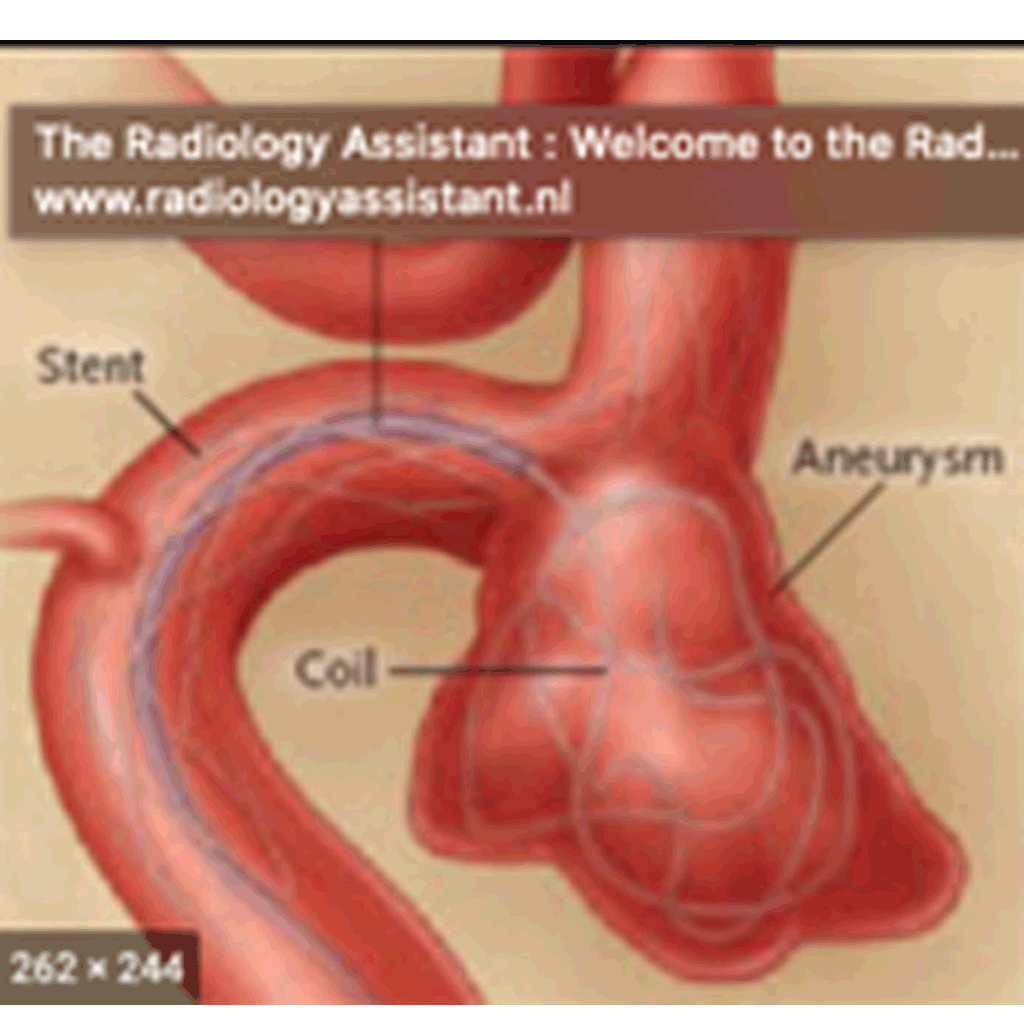
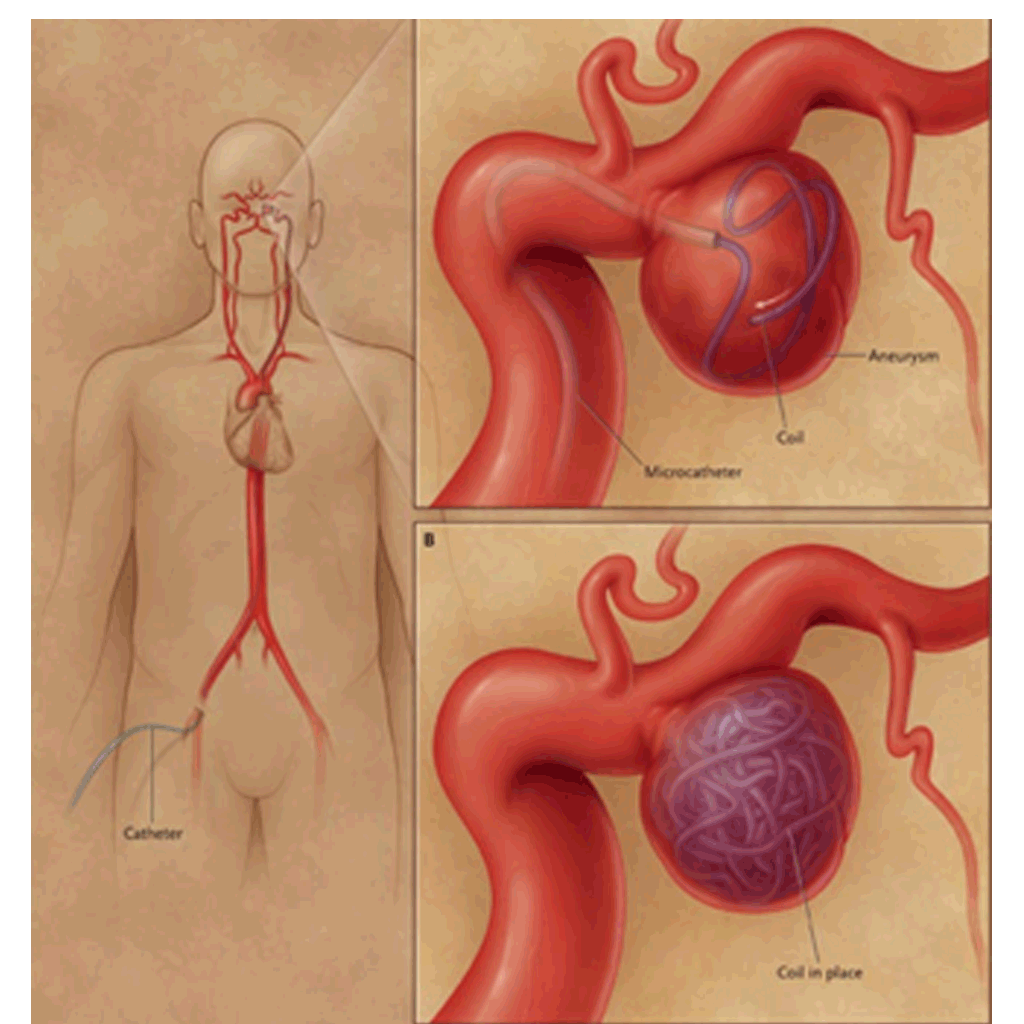
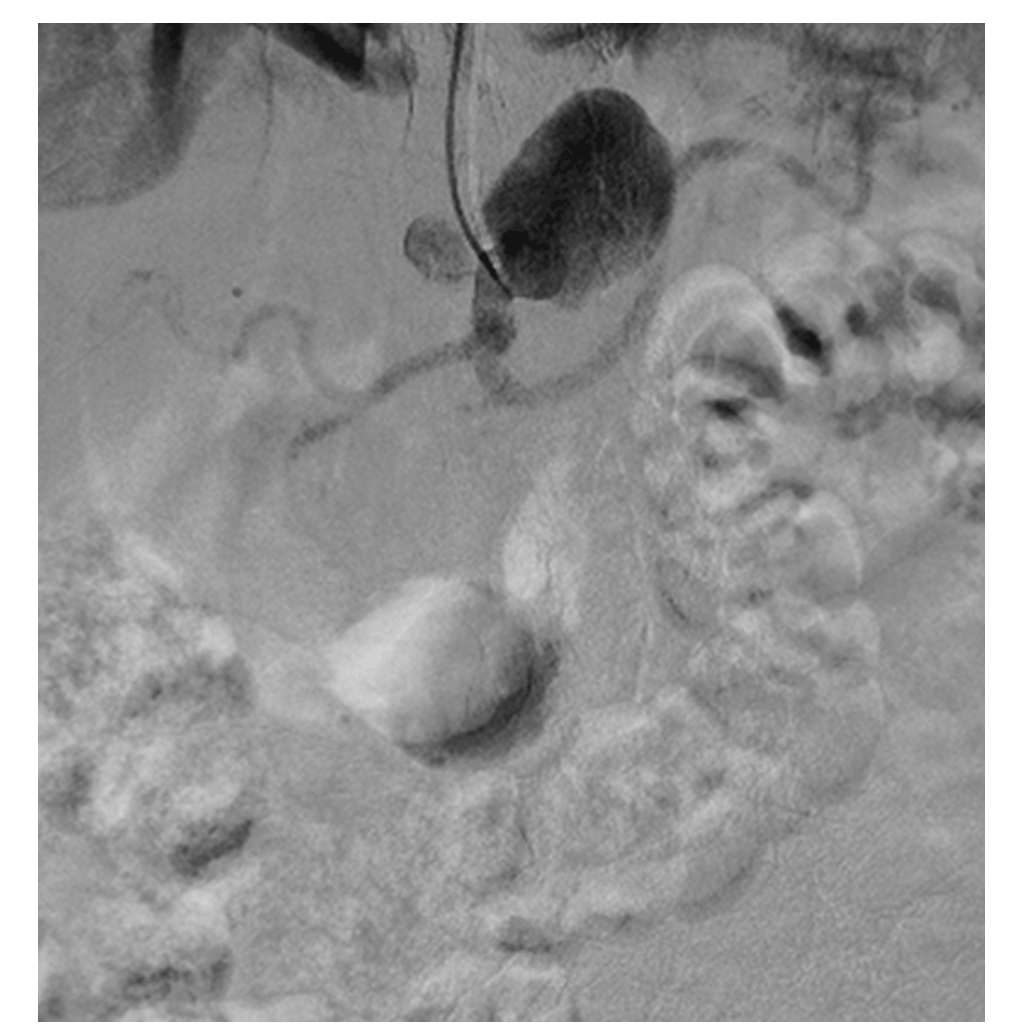
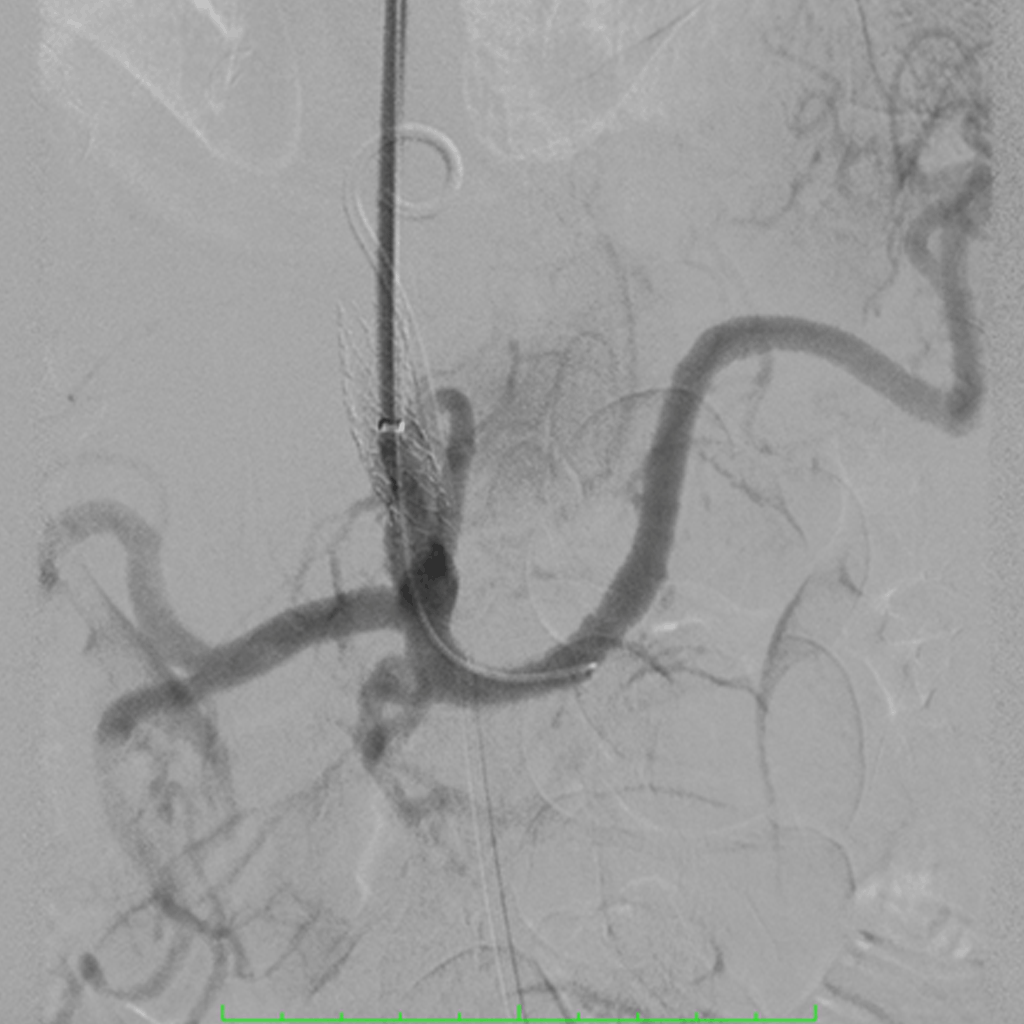
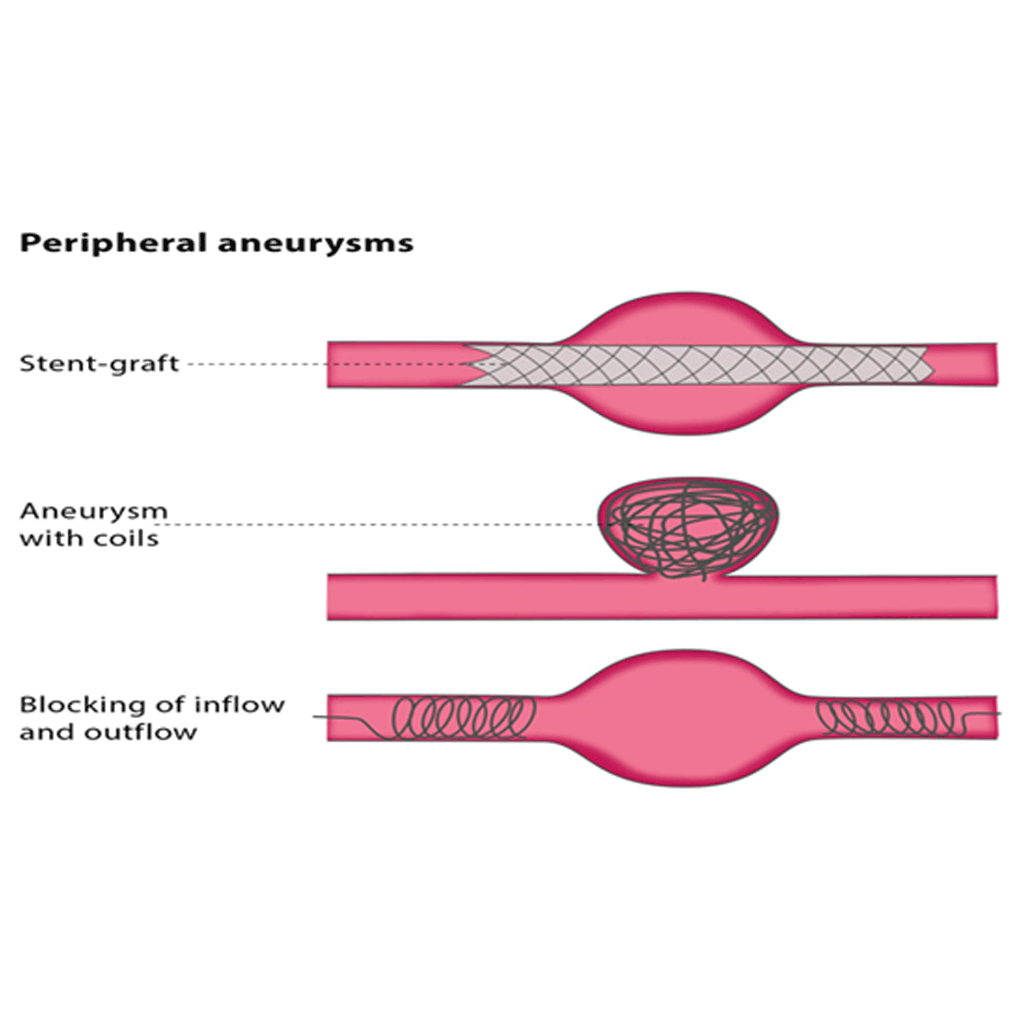
It is important to treat aneurysms, as they may rupture and cause severe bleeding. Clots can form in the inside space of the aneurysm and then move, blocking or restricting blood flow. Aneurysms can also compress nerves and veins, leading to pain, numbness and weakness.
There is a risk of complications at the entry point for the procedure, including bleeding, another aneurysm and the possibility of injuring a nerve. Materials used in the procedure may dislodge and block other arteries.
- Uberoi R, Tsetis D, Shrivastava V, Morgan R, Belli AM. Standard of practice for the interventional management of isolated iliac artery aneurysms. Cardiovasc Intervent Radiol 2011; 34:3-13.
Kindly contact:
- One PKLI Avenue, DHA, Phase-6, Lahore, Pakistan.
- info@pkli.org.pk
- +92 42 111 117 554

